
Posts
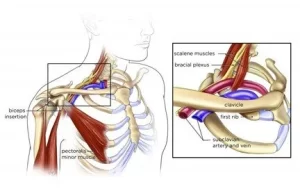
Costoclavicular syndrome
Introduction Costoclavicular Syndrome, commonly known as Thoracic Outlet Syndrome (TOS), is a medical disorder characterized by nerve or blood vessel compression in the thoracic outlet....
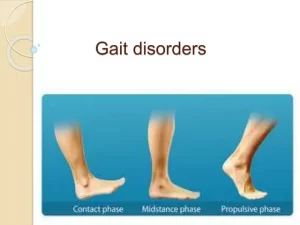
Propulsive Gait
Propulsive gait is a complicated syndrome that is mostly linked to neurological conditions, especially Parkinson’s disease. It greatly impairs mobility and quality of life and...
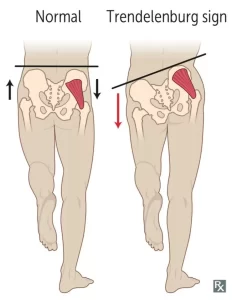
Trendelenburg Gait
Introduction Trendelenburg gait is an abnormal walk caused by a ruptured hip abductor system. Being made up of the gluteus medius and gluteus minimus, the...
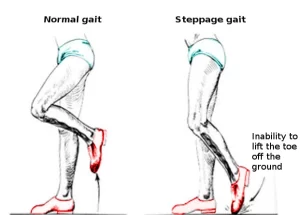
Steppage Gait
Introduction Steppage gait, which is additionally known as high stepping or neuropathic gait, is an improper gait type that results in foot drop or ankle...
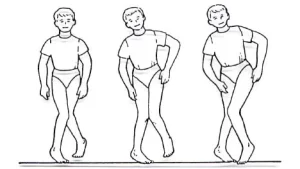
Scissor Gait
Introduction Scissor gait refers to an irregular walking pattern in which the legs cross or overlap while the person walks. A kind of spastic paraparetic walk...
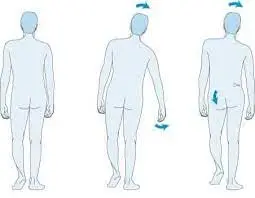
Waddling Gait
Introduction Waddling gait, also known as myopathic gait, is one example of an inappropriate gait. The reason for the waddling is a weakening of the pelvic...
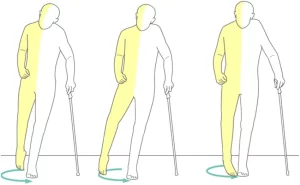
Spastic Gait
Introduction Spastic gait refers to a type of abnormal walking pattern often characterized by stiffness and difficulty in moving the legs due to increased muscle...
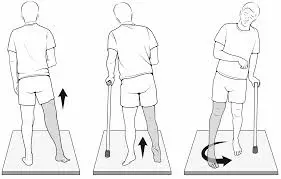
Hemiplegic Gait
Introduction Hemiplegic gait is caused by neurological damage, most commonly caused by a stroke, severe brain damage, or other central nervous system problems. It differentiates...
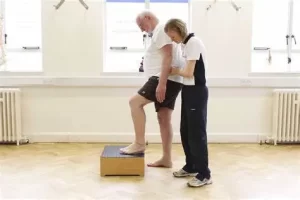
Ataxic Gait
Introduction Ataxic gait refers to a type of abnormal walking pattern characterized by a lack of coordination and balance. It typically results from damage or...
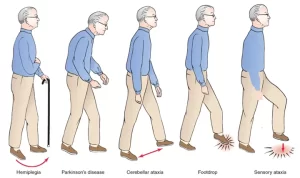
Abnormal Gait
Introduction Abnormal gait, more commonly known as a walking abnormality, happens whenever someone is unable to walk normally. An accident, underlying medical issues, or anomalies...
